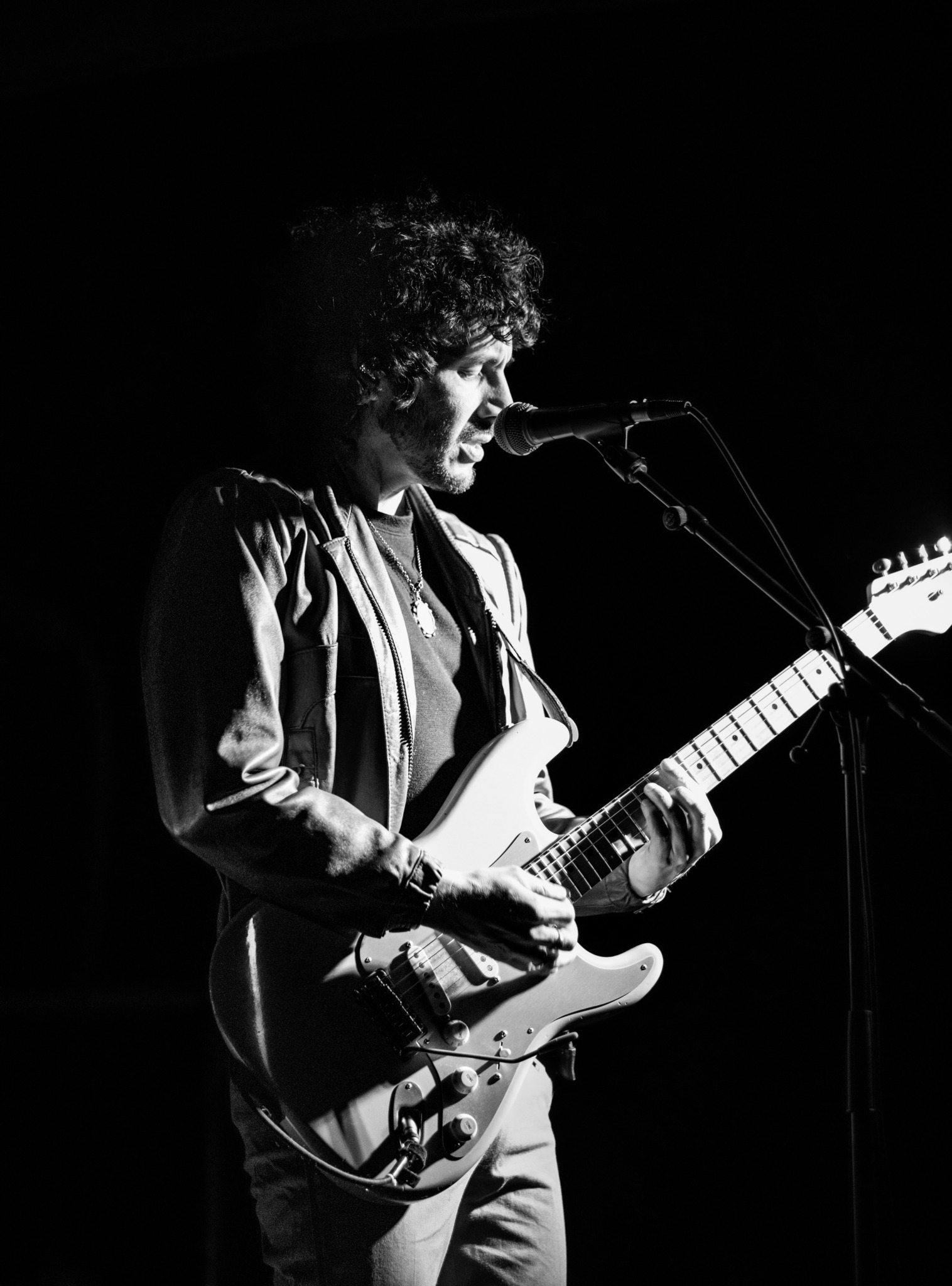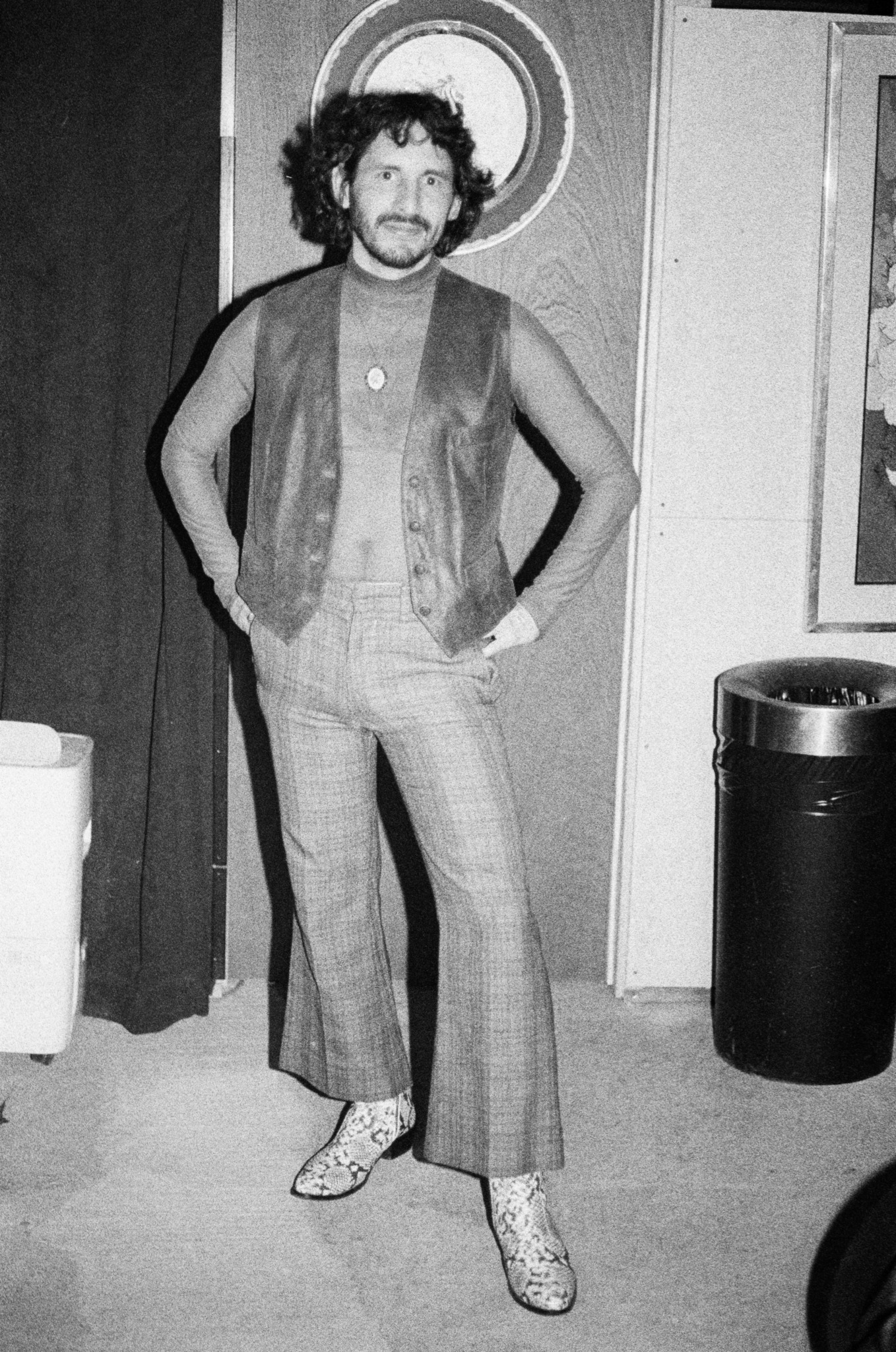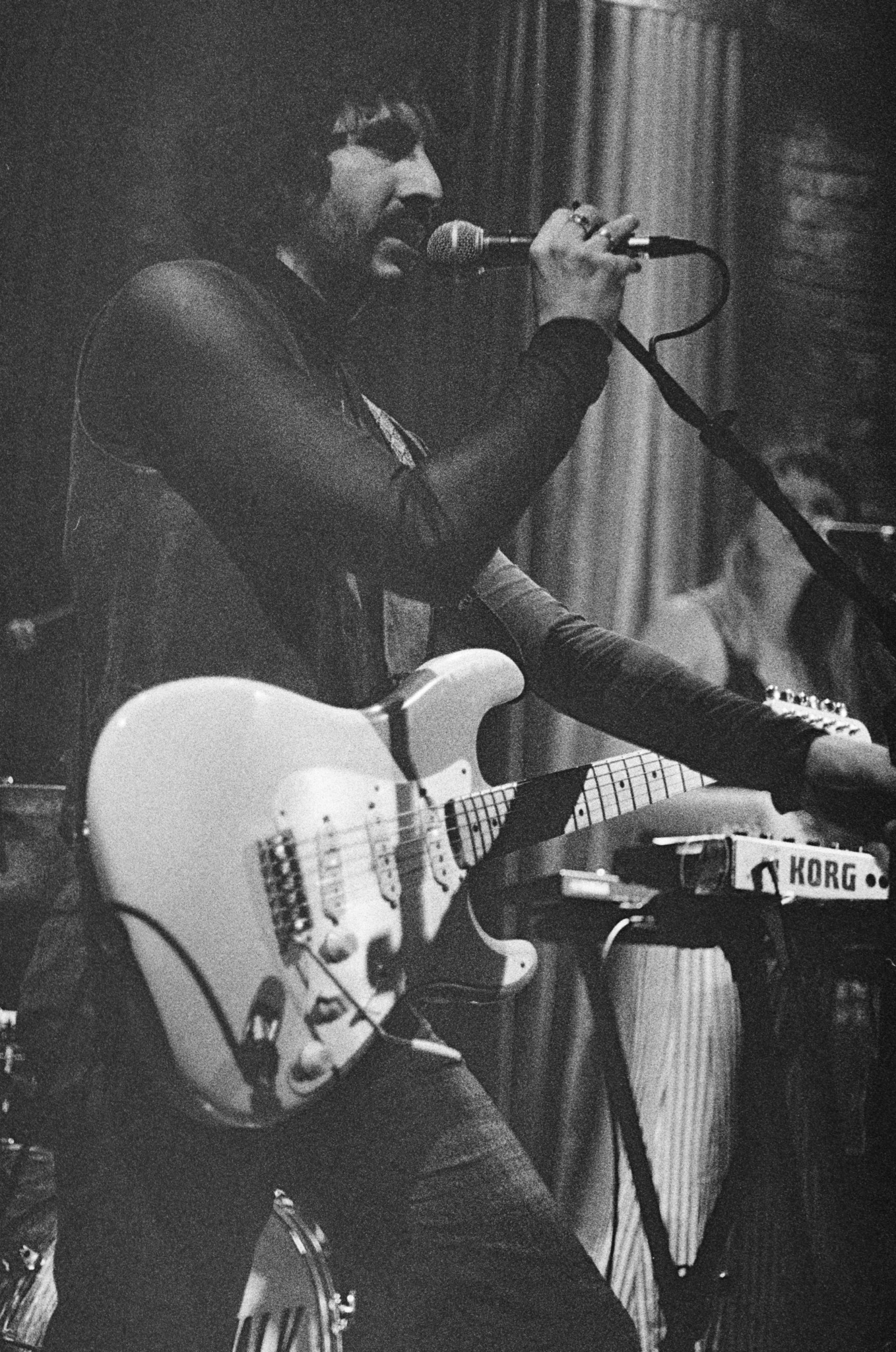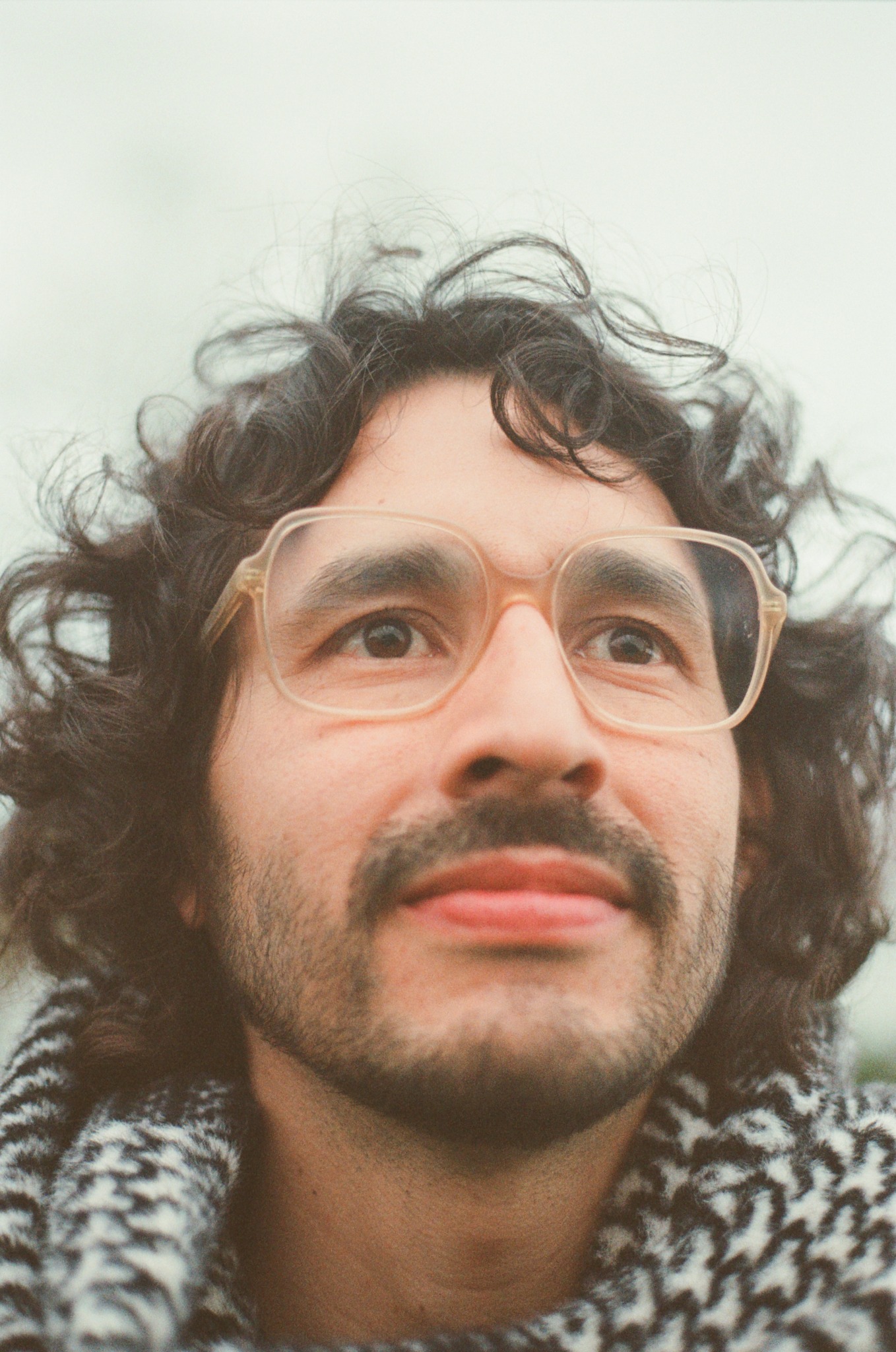Alright – so today we’ve got the honor of introducing you to Felipe Wurst. We think you’ll enjoy our conversation, we’ve shared it below.
Felipe, thanks for joining us, excited to have you contributing your stories and insights. How did you learn to do what you do? Knowing what you know now, what could you have done to speed up your learning process? What skills do you think were most essential? What obstacles stood in the way of learning more?
It’s been a mix of approaches, but the overall journey tends to follow a similar pattern: I get excited about learning something new, then I dig into it and realize—wow—there’s so much more to learn. That moment can feel exciting, overwhelming, or both. Eventually, I start noticing concepts or techniques that go over my head. I used to get discouraged by that, but now I’ve learned to just let those ideas simmer. Sometimes it takes months—or even years—but if I stay open and keep exposing myself to them in different contexts, they start to click. I just need to hear them enough times, in different ways, from different people.
Most of the things I’ve learned—whether it’s playing guitar, producing, or mixing—have come from trying things out on my own, watching friends work, asking questions, and paying close attention. I haven’t had many private teachers or formal training, but I’ve spent a lot of time learning from YouTube tutorials and from collaborating with generous people.
Through it all, my north star has always been the music I love. I just want to get closer to that feeling—whether it’s making something that truly moves me, or even just landing on something that feels like a step in the right direction. If I could share one message, it would be: don’t wait until you feel “ready”—just start, stay curious, and let your love for the music guide the process.

Great, appreciate you sharing that with us. Before we ask you to share more of your insights, can you take a moment to introduce yourself and how you got to where you are today to our readers.
My name is Felipe Wurst. I’m very passionate about music, and I feel fortunate to have been doing it professionally for almost 20 years. I make music inspired by popular genres from South and North America—primarily from the late ’60s, ’70s, and sometimes the ’80s—and I try to combine those worlds. Tipa Tipo and La Banda Chuska are two projects where we explore those parameters. My entry into music was through learning how to play guitar and writing songs. Over the years, my goal has expanded to understanding the entire recording process so I can better communicate with everyone involved in making a recorded song—engineers, producers, mixing and mastering engineers. In doing so, I’ve often stepped into those roles myself, which has brought me closer to my own sonic aesthetic. It’s also shaped how I compose and arrange music, and it’s opened up new ways of listening to and enjoying music.
We often hear about learning lessons – but just as important is unlearning lessons. Have you ever had to unlearn a lesson?
I started playing music while growing up in Lima, Peru. I would spend hours in a tiny room my family called el cuarto de música (“the music room”), equipped with a stereo that could play cassettes and CDs, my electric guitar, and a kid-sized drum kit I bought with my savings (despite my dad explicitly forbidding me from getting it!) My mom helped smooth things over once I revealed it, thankfully. In that room, I played along to the music my high school friends introduced me to, and whatever MTV Latino and Radio Doble Nueve were feeding me in the late ’90s. I spent hours trying to play songs from start to finish without mistakes—though I rarely pulled it off. That was a time when I was deeply connected to what I loved. Years later, I got the courage to drop out of architecture school to pursue music full-time. At the time, there wasn’t a formal degree in popular music, but I managed to join a youth jazz orchestra, which connected me to Lima’s jazz scene and helped me learn how to work as a hired musician. For a while, I thought that being a gigging musican was what being a musician meant. During that time, I developed a deep appreciation for jazz and its philosophy, but I was also turned off by the growing emphasis on virtuosity and technical “acrobatics” I saw around me. It wasn’t until years later that I realized there are so many other ways to be a musician—and that being a sideman or session player is just one of many paths. As the years passed, the idea of writing songs, producing my own music, and embedding my own values in it started to feel more and more appealing. I began to notice how your musical approach shifts depending on the lane you’re in. Little by little, I was able to rebalance my musical life and reconnect with the feeling I had back in that little cuarto de música. I began focusing on what truly moves me. In the process, I had to unlearn things like, “Let me learn this genre just in case,” or “I guess I should listen to this artist everyone’s raving about, even if I don’t care for them.” Now I see bringing my own voice to the table as an asset. I take in what resonates with me, and I let go of what doesn’t—and it feels great.

For you, what’s the most rewarding aspect of being a creative?
One of the most rewarding parts of being an artist is how personal growth and creative growth constantly feed each other. A breakthrough in my music often mirrors something I needed to learn in my life—and vice versa. For example, realizing I don’t need to impress anyone with my playing style helped me become more confident in my personal decisions, too. Or learning how to truly listen to the other musicians I’m playing with has helped me bring that kind of active listening into conversations outside the musical space. It’s two for one! There’s a real emotional loop between who you are and what you create, and I find that incredibly satisfying.
Being an artist also gives me space to explore whatever I’m curious about at a particular moment in time. Over the years, I don’t feel like I’m circling around the same ideas—I feel like they’re stacking, evolving, or even shifting completely. That process of change and accumulation makes the work feel like a snapshot of my life.
Another deeply rewarding part is collaboration. Being in a room with people who are chasing a shared sound or feeling—that’s always a thrill. I get to witness how others relate to their craft, and in doing so, I expand my own sense of what’s possible. And finally, when someone tells me that something I made resonated with them or reminded them of something they loved growing up, that connection is priceless. It reminds me why I keep doing this.
Contact Info:
- Website: https://www.felipewurst.com/
- Instagram: https://www.instagram.com/felipewurst
- Youtube: https://www.youtube.com/tipatipomusic
- Other: https://www.youtube.com/@labandachuska

Image Credits
Moriah Ziman and Elie Pichanick


